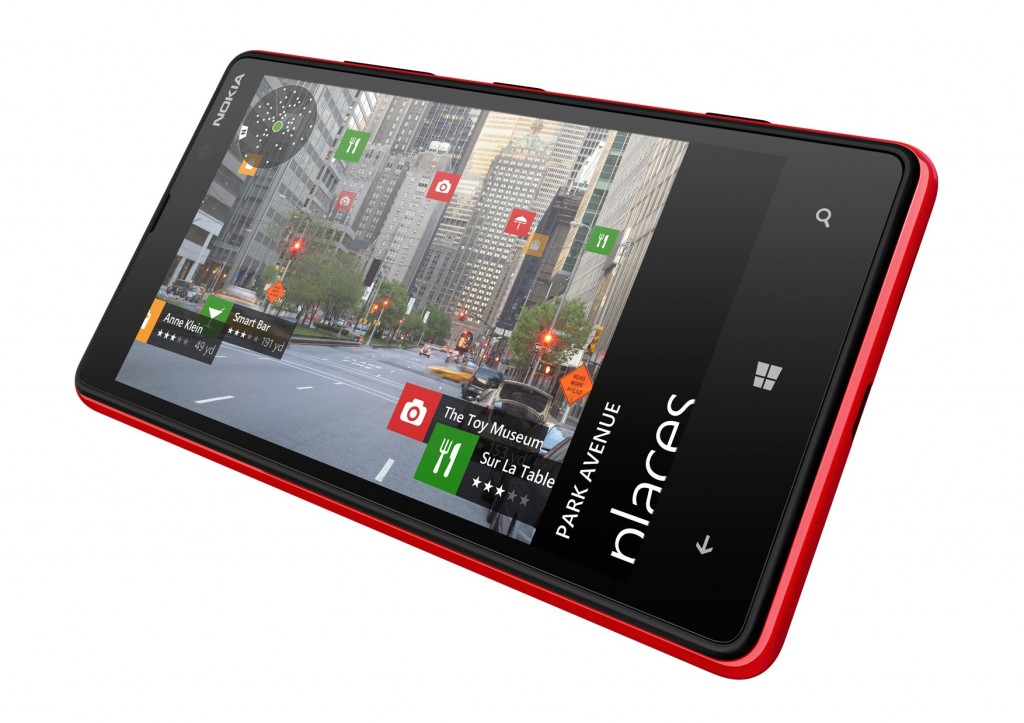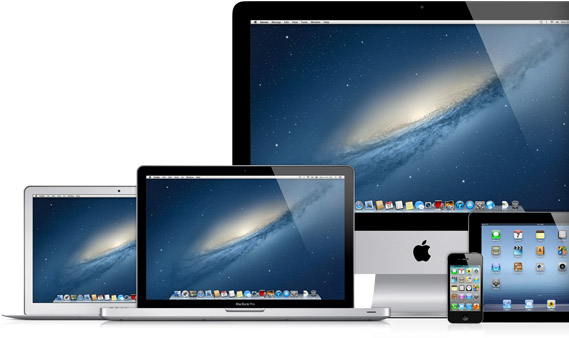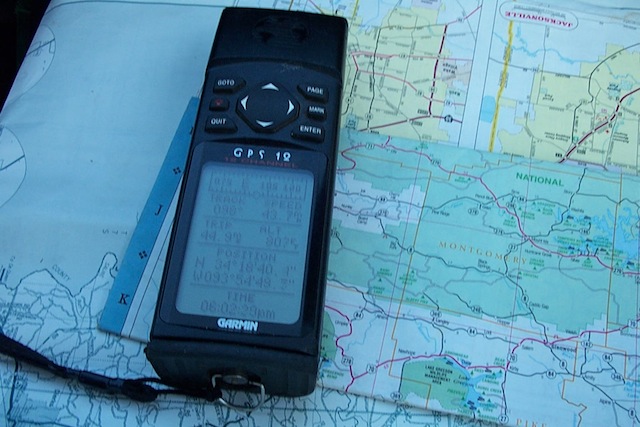In announcing the company will acquire Nokia’s mobile and devices business, Microsoft said “Today marks a moment of reinvention”.
This is certainly true, with the retirement of Steve Ballmer, Microsoft officially enters the post Bill Gates era and today’s announcement is an admission from Nokia that their moment as the world’s dominant mobile phone manufacturer is over.
What’s notable about the deal is what Microsoft doesn’t get — particularly Nokia’s maps service. While Microsoft gets a license to use Nokia’s mapping services, it leaves the Finnish company with a valuable asset and possibly leaves it as the only company capable of competing with Google in that market.
For Microsoft, acquiring the expertise of Nokia’s engineers shouldn’t be understated, although integrating 32,000 Nokia employees will test Microsoft’s management as this increases their workforce by a third.
Possibly the most fascinating part of Microsoft’s announcement though is the comment in the second paragraph of their media release.
Microsoft will draw upon its overseas cash resources to fund the transaction.
US technology companies have been struggling to deal with the massive profits they have accumulated offshore as part of their tax minimalisation strategy. What we may now be seeing is a wave of foreign takeovers as American companies start to reduce their offshore cash stashes without incurring domestic tax bills.
If that’s true, Microsoft’s agreement with Nokia may well indicate we’re about to see many more takeovers around the world .
Regardless of what it means for the wider industry, both Microsoft and Nokia have entered fundamentally different phases of their businesses.






